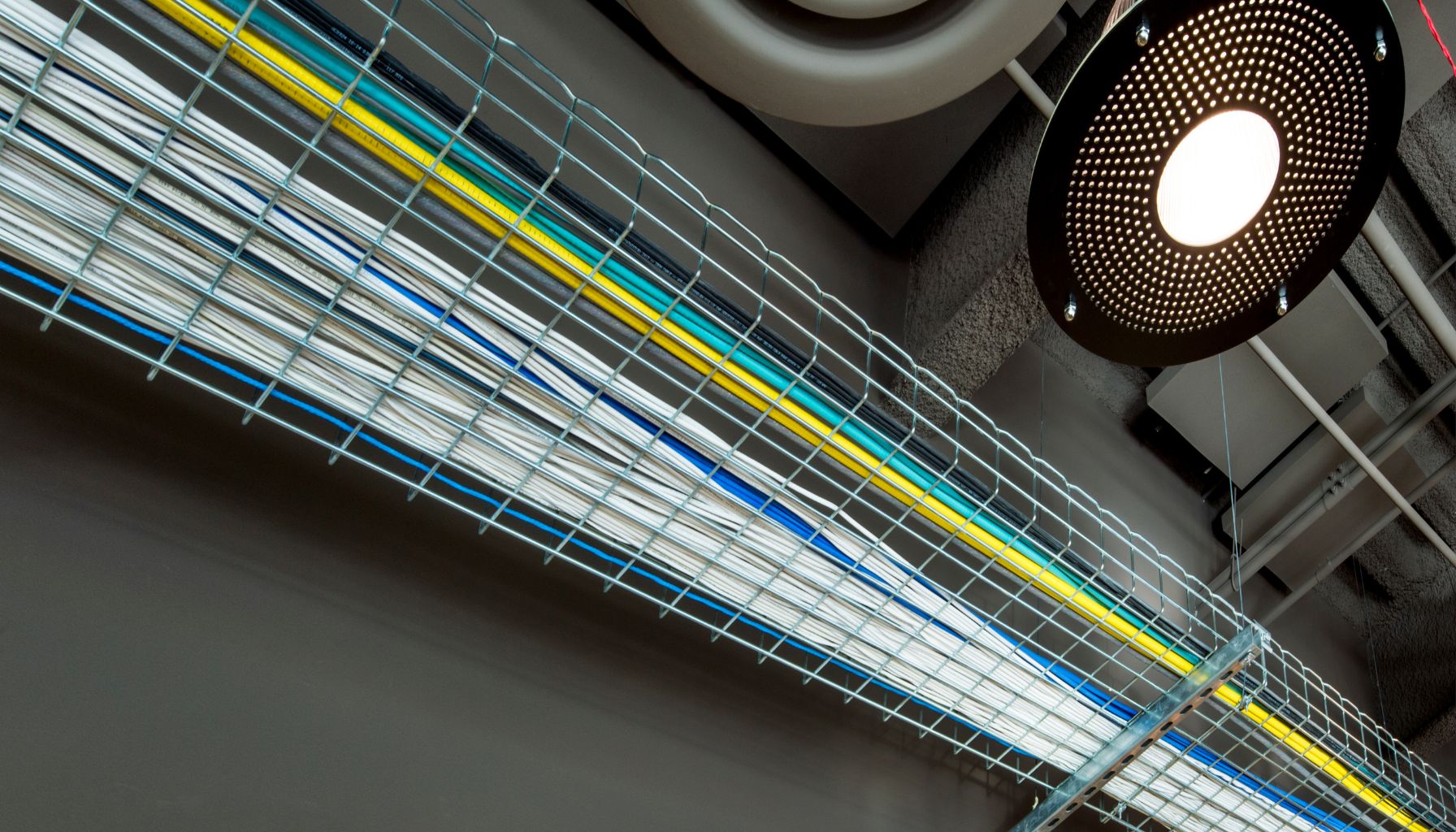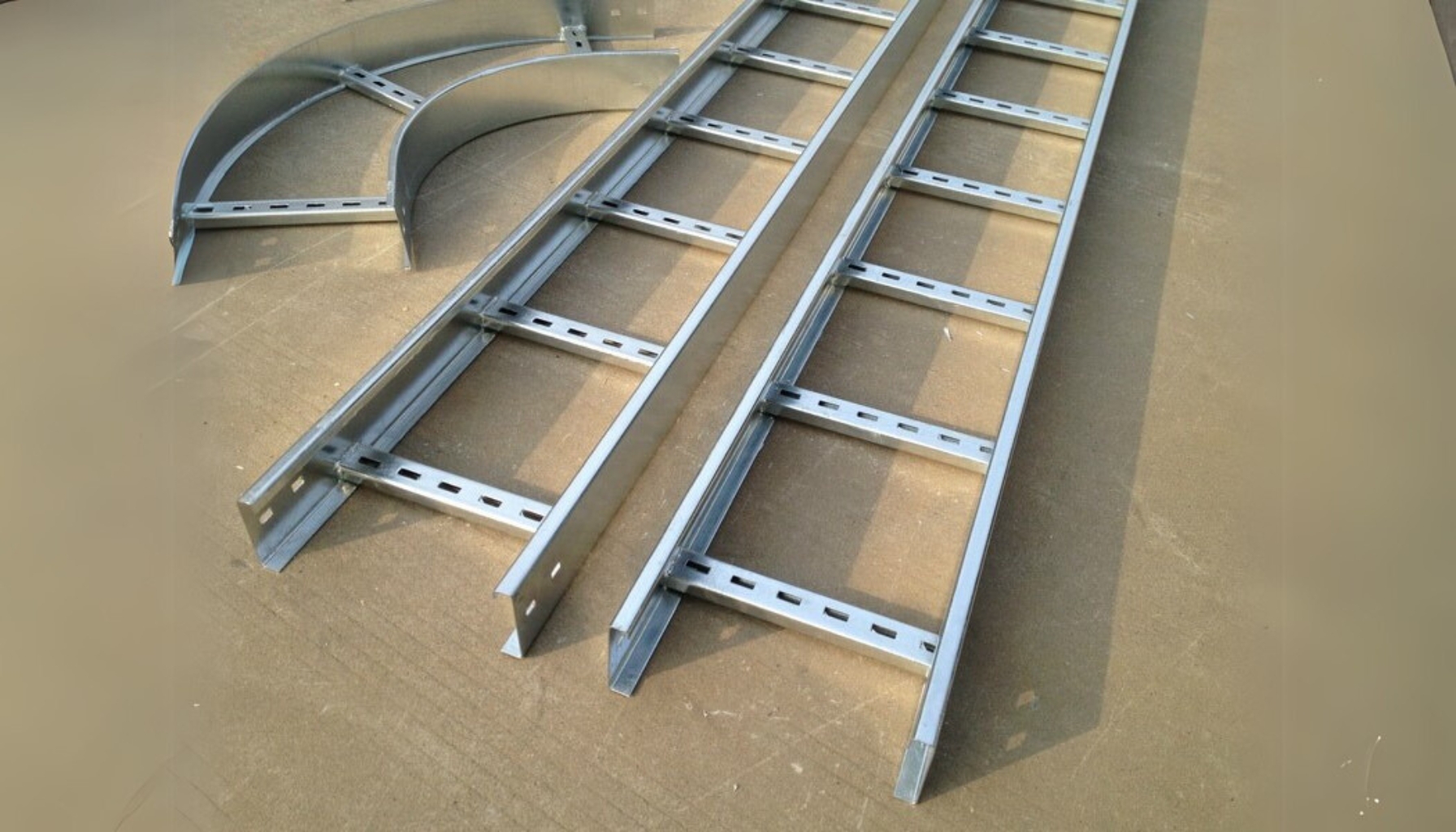
Recent Blogs
- Why Steel Structures and Polycarbonate Sheets Roofing Work Together?
- How Steel Structure Warehouses Support Rapid Expansion for Growing Businesses?
- Innovations in Window Fabrication: Materials, Technology and Design Trends in 2025
- Steel Cable Trays for Commercial Buildings: Balancing Functionality and Aesthetic Appeal
- Steel Cable Tray Installation Common Issues Troubleshooting and How to Avoid Them



